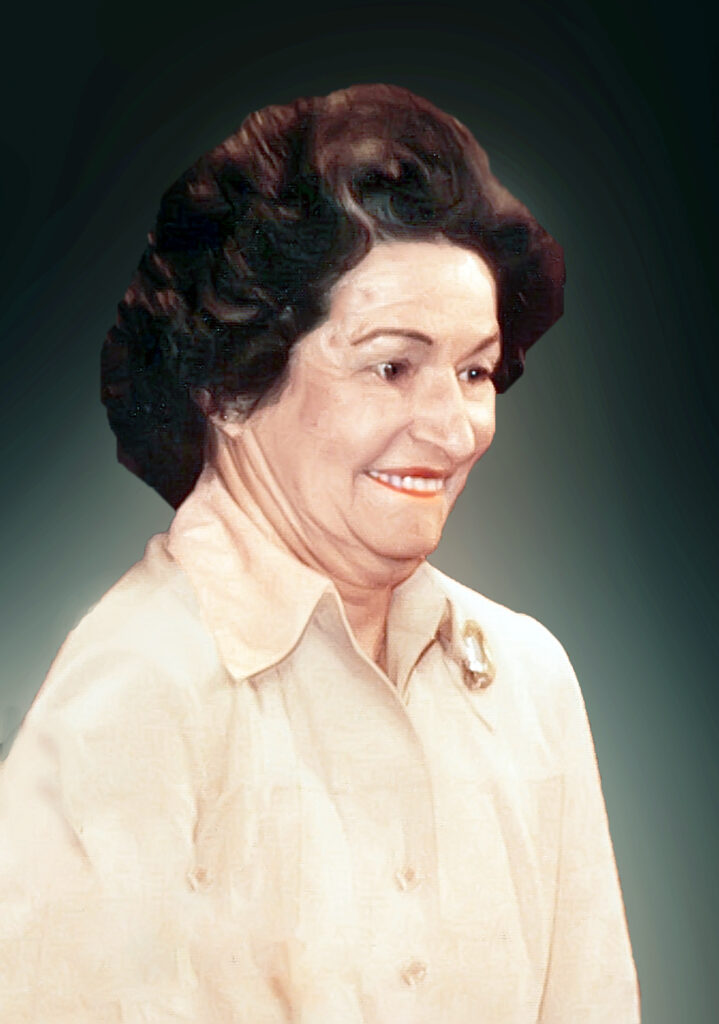Bluebonnets are where the sky falls on Texas.
Ever wonder why Texas roadsides are covered in bright wildflowers each spring? It’s just another great benefit to living in a state as big as Texas—the great diversity of land and climate types we have. “Everything’s bigger…” may help explain why there are more than 5,000 native flowering plants in the state. Wildflower season is typically late March through May, which is also when our state flower, the bluebonnets, are in bloom.
Yes, that is plural. In 1901, the legislature chose the Lupinus subcarnosus as the floral emblem, but some people thought it was the least pretty of the subspecies they found. After much debate, in 1971, the state decided all varieties of bluebonnet would be the state flower. Historian Jack Maguire explains, “The bluebonnet is to Texas what the shamrock is to Ireland, the cherry blossom to Japan, the lily to France, the rose to England, and the tulip to Holland.” In all cases, the appearance of the flowers continue to pay homage to brave Texas pioneer women who wore bonnets to shield themselves from the sun.
WHAT TO KNOW
Experts say, based on our February deep-freeze, we can expect the peak of the 2021 season to be a bit later than normal, but, the bluebonnet watch has already begun in earnest.
Where and when you can find the best views tends to change from year to year. Weather and local conditions play a big part in the bloom volume; a place that had a lush pillow of color last year isn’t guaranteed to provide a repeat performance.
But, if you do hear about a great spot, don’t wait, if you can help it. A few days can mean the difference between peak colors and untouched grass, and fewer fresh blooms with footprints all around because everyone shared your stash.
BACKGROUND

While she was First Lady of the United States, Claudia Alta “Lady Bird” Johnson promoted and lobbied for national beautification. Mrs. Johnson pushed Congress to pass the Beautification Act of 1965, known as “Lady Bird’s Bill.” That bill limited the amount of signage and junkyards on the sides of U.S. interstates, and encouraged scenic improvement.
In 1965 she said, “Though the word beautification makes the concept sound merely cosmetic, it involves much more: clean water, clean air, clean roadsides, safe waste disposal, and preservation of valued old landmarks as well as great parks and wilderness areas. To me…beautification means our total concern for the physical and human quality we pass on to our children and the future.”
The First Lady’s efforts were not just focused on Texas, but she did put a spotlight on wildflowers, which are ubiquitous here. Fortunately, the Texas Department of Transportation had been taking care of the state’s roadside wildflowers since 1934. Today, the agency continues to delay roadside mowing until after the wildflowers bloom, which means late Spring or early Summer.
TxDOT also scatters 30,000 pounds of new seeds on Texas roadsides every year; a mix of grasses and wildflowers that set up the Springtime blooms. They then schedule and time their strip mowing to foster native plant growth, including wildflowers.
IF YOU’RE TEXAN…
While you won’t get your Texas card revoked for not getting the yearly bluebonnet photo of your children and family, you will certainly be missing out on this… sort of, required… annual pilgrimage.
They are distinctive to the state and there aren’t many things that make you stop and stand still better than a sea of wildflowers. And, you don’t want to be the only one without swashes of blue on your social feed.
Plus, getting out to the Hill Country and enjoying everything about being outside is a lot more fun than looking at other people’s photos, y’all.
Lady Bird certainly deserves credit for spreading Texas’ love for roadside wildflowers to the rest of the nation, and while some may try to tell you it‘s against the law to pick or cut down bluebonnets, it is not. It is illegal to damage public property—like mowing a roadside—but a law that specifically prohibits damaging wildflowers is just legend.
It’s just nice to leave the fields full of color for the next visitor.
A REAL BLUEBONNET LEGEND
…tells the tale of a Comanche tribe suffering after a bitter winter. The medicine men knew they would have to sacrifice their most prized possession to appease the Great Spirit. Overhearing their conversation, a young girl decided she must sacrifice hers—a little doll adorned with blue jay feathers. After everyone went to sleep, she burned the doll and scattered its ashes in the wind. The tribe awoke the next morning to see the hillsides blanketed in blue.
